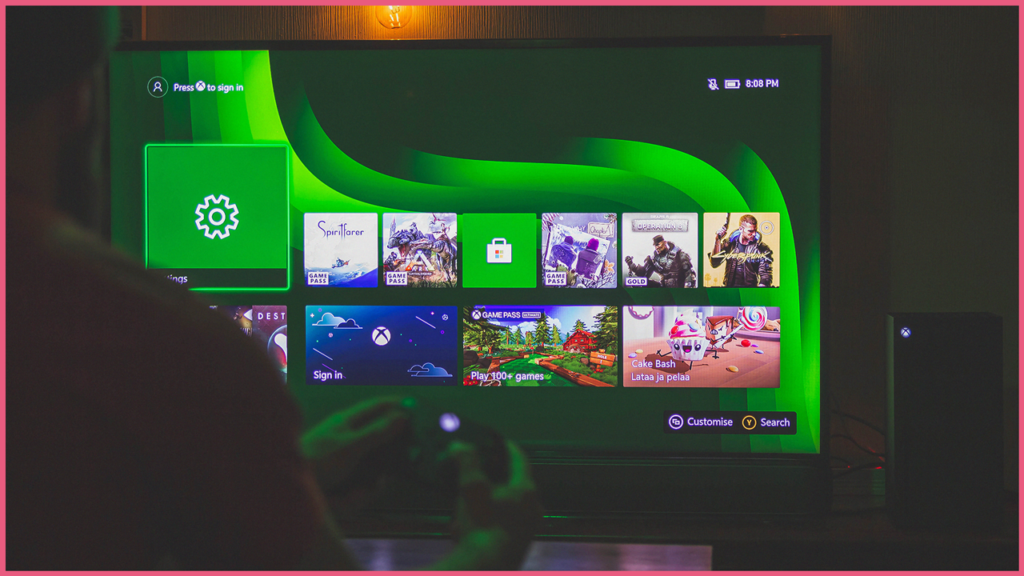On November 15, 2021, Microsoft celebrated 20 years of Xbox and Halo with a series of activations including the early launch of the free-to-play Halo Infinite Multiplayer Beta and Season 1, a backward compatibility program that lets you replay thousands of games spanning the franchise’s 20-year history, a six-episode documentary series that takes you back to the company’s scrappy beginnings and more.
The one that topped them all: Xbox’s virtual 3D museum, where gamers can choose their avatar and camera POV to immerse themselves in the franchise’s history of consoles, games and infamous mistakes like Microsoft’s attempt to acquire Nintendo in 2000.
Digital exhibits scattered throughout offer details about the creation and debut dates of each Xbox console and their iterations, including Xbox, Xbox 360, Xbox One and the more recent Xbox Series X and S.
In your personal Xbox museum, you can reminisce on your previous gameplay as Xbox provides a personalized overview of what and how many games you’ve played and the date of your first Xbox Live login.
Some notable milestones in Xbox’s history: Bill Gates and The Rock unveiled the first Xbox in January 2001, Xbox went global in March 2002 with European and Australian launches and Xbox launched Live in November 2002. In 2012, Microsoft launched Xbox Entertainment Studios and two years later, it purchased Mojang for $2.5 billion.
Users have to log in with their Microsoft account for the full Xbox museum experience but those who don’t have one can still access a basic digital timeline of the franchise’s history.
Active Theory developed the interactive Xbox museum, utilizing visuals that would evoke nostalgia for fans. “This involved looking at how the graphics and visuals of different generations of Xbox over the years, ranging from the evolving UI in the menu screens to iconic games themselves,” Active Theory strategist Eddie Benson told Muse.
This week, Microsoft announced its acquisition of Activision Blizzard for $68.7 billion in an all-cash transaction that will make it the world’s third-largest gaming company by revenue, behind Tencent and Sony. The tech giant says it plans to launch Activision Blizzard games into its subscription service Game Pass, which boasts over 25 million subscribers. Upon the deal’s close, slated for the 2023 fiscal year, Microsoft will have 30 internal game development studios.

